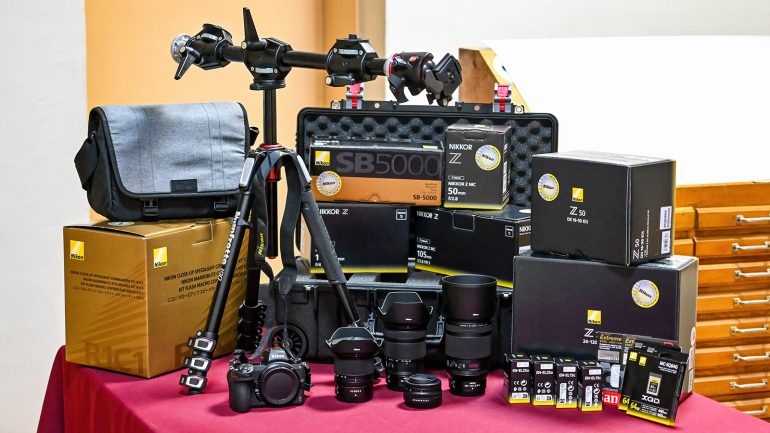By: Nevena Cvetković, senior curator
What is a chance of finding a fossilized brain? Incredibly small! In fact, soft brain tissue is almost never preserved in the fossil record, instead the endocranial casts are, being shaped only under specific sedimentary conditions. After the death of an animal, the inner space of the skull can sometimes be filled with sediment. When this sediment becomes lithified, cranial endocast, which is replica of the brain’s external morphology, is formed. Although not perfect copies of the brain itself, such stone endocasts provide basic knowledgе on the brain size, shape and organization. Natural casts of endocranial cavities, as the only fossil evidence of brain morphology, have a pivotal role in brain evolution research, as well as correlated sensory capabilities and behaviour of long extinct animals.
An exquisite specimen of such a “fossil brain” has been housed in our Museum for almost seven decades. The endocast is unique in many ways. What do we know about it so far?
It was discovered in the marble onyx and travertine quarry in Lozovik, probably between the two world wars. The remains of other exotic mammals were also found at this significant paleontological site, including three-toed horses (Anchitherium aurelianense), primitive small deer (Dicrocerus elegans) and “dog-bears” (Hemicyon sansaniensis). These mammal species were widespread in Europe during the Middle Miocene about 15 million years ago.
The natural endocranial cast is formed by travertine. It is very well preserved, thus it can be assumed that the skull remained intact long after the process of fossilization occured and that it was most likely destroyed during the exploitation of the decorative stone. Only petrosal bones are preserved as the hardest bones in the animal body, embedded in the sedimentary matrix. Based on the shape and small dimensions of the cerebrum, and petrosal bones, we concluded that the “fossil brain” belonged to the rhinoceros.
A specimen from the Regional Museum in Jagodina is the oldest fossil evidence of the rhinoceros brain in the world. There are indications that it could be related to the Middle Miocene small-sized species of rhinoceros, Lartetotherium sansaniense, whose closest living relative is the Sumatran rhinoceros, Dicerorhinus sumatrensis, being on the verge of extinction today. Fossil remains of this species (upper jaw with teeth) were found in the village Pozlata, near Kruševac.







